I have an app that's pretty much a large presentation of a companies product.
I have some additional functionality which I need to be accessible throughout my app.
The intended functionality for this toolbar is that it'll sit as a small, subtle tab along the bottom of the screen. When you tap the tab, the menu will expand upward (i.e. animate it's frame.y property), allowing you to tap any of the buttons contained within the menu.


The difficulty I'm having is that the app currently spans over several view controllers, and as I need this accessible throughout, in the interest of not duplicating code it would seem appropriate to make this ViewController also, that I would just load into my other view controllers, but this, by all accounts isn't recommended by Apple.
How can I build this menu functionality without duplicating code? I've tried a few things but cannot get the menu to display on my view.
Below, I'll show what I have at the moment.
Code that will sit on any view controller:
- (void)viewDidLoad
{
[super viewDidLoad];
// Do any additional setup after loading the view from its nib.
ToolboxMenu *toolboxMenu = [[ToolboxMenu alloc] init];
[self.view addSubview:toolboxMenu.view];
}
Code that builds the toolbar:
- (void)viewDidLoad
{
[super viewDidLoad];
NSLog(@"Creating View");
self.view = [[UIView alloc] initWithFrame:CGRectMake(0,0,88,209)];
self.view.backgroundColor = [UIColor clearColor];
UIImageView *toolboxImage = [[UIImageView alloc] initWithImage:[[UIImage alloc] initWithContentsOfFile:[[NSBundle mainBundle] pathForResource:@"popup_toolbox" ofType:@"jpg"]]];
toolboxImage.frame = self.view.frame;
[self.view addSubview:toolboxImage];
}
In the above code, the NSLog fires when the menu is initialised, but I see no menu.